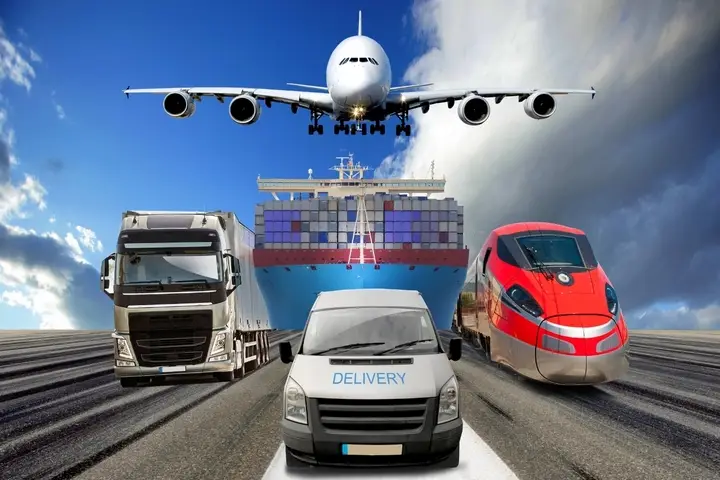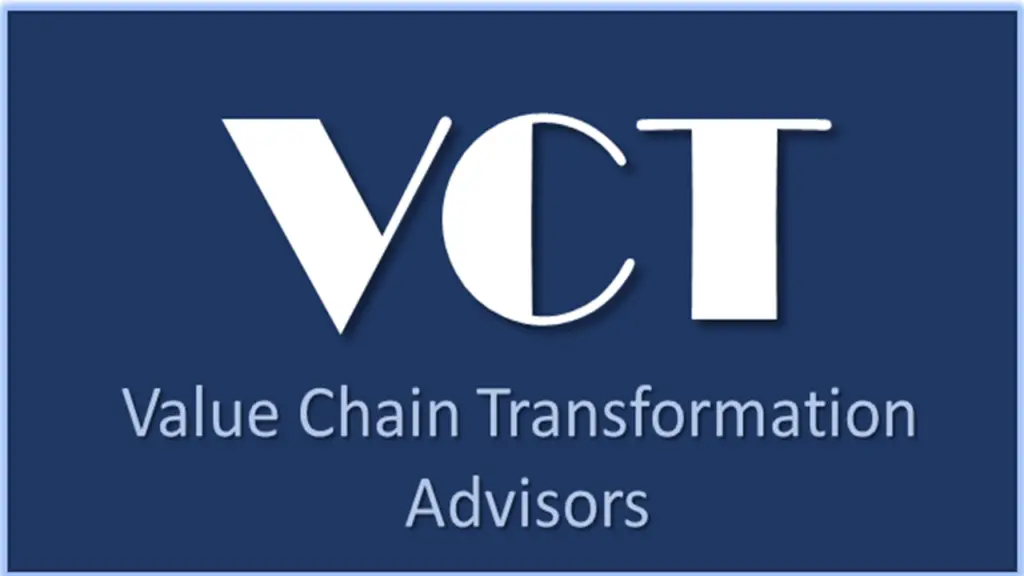The last few years have made one thing painfully clear: supply chains aren’t fragile—they’re exposed.
Inflation. Tariffs. Volatile demand. If your supply chain feels like it’s under constant attack, you’re not alone. The global economy isn’t settling down anytime soon—and the smartest companies aren’t waiting for it to.
They’re taking control.
Leading supply chain teams are moving past reactive planning and toward a more resilient, proactive approach. And they’re doing it without overhauling every system they’ve got.
They’re using what GAINS calls Decision Engineering & Orchestration (DEO). And it’s changing the way businesses respond to volatility.
When Speed Matters, Spreadsheets Won’t Cut It
Supply chains have always had to deal with a certain level of unpredictability. But today, that unpredictability moves faster, hits harder, and is more interconnected than ever before. Disruptions can come from anywhere—economic shifts, new tariffs, supplier issues, or changing customer expectations—and they don’t wait for your quarterly review cycle to show up.
Yet, many planning environments are still built on outdated foundations. They depend heavily on tribal knowledge, historical data, and rigid spreadsheets—tools that weren’t designed to handle the complexity and pace of modern supply chains. These legacy approaches struggle to provide forward-looking visibility or adapt dynamically when conditions change. While these tools might have worked when change was slower and more isolated, in today’s world, they often leave teams scrambling.
What happens next is all too familiar: decisions get delayed, priorities clash between departments, and inventory strategies drift out of sync with what’s really happening in the market. Instead of enabling agility, traditional tools often reinforce silos and static thinking—putting businesses at risk of missed opportunities and costly inefficiencies.
To move forward with confidence, supply chain teams need more than just better data—they need a way to make better decisions, faster. That means being able to simulate different scenarios, evaluate trade-offs in real time, and align planning across the business before the next disruption hits.
[Related Blog] Managing Demand Volatility in Supply Chains: Strategies for Resilience
What Resilience Really Looks Like
True resilience is proactive, not reactive. It’s the ability to predict impact, simulate trade-offs, and prioritize decisions based on what matters most to your business. That’s where GAINS’ Decision Engineering & Orchestration (DEO) methodology comes in.
DEO transforms your supply chain from a collection of disconnected planning processes into a unified, adaptable system. It gives your team the power to:
- Simulate the financial impact of a tariff change before it hits your bottom line
- Reprioritize SKUs on the fly when regional demand shifts or supply disruptions occur
- Balance cost, risk, and service levels with confidence—not guesswork
- Automate routine decisions, so your planners can focus on high-value strategy
This isn’t just theoretical. GAINS customers have achieved real, measurable outcomes by implementing DEO in their operations:
- 15–30% inventory reduction
- Up to 20% better service levels
- Reduced working capital exposure
- Faster execution across planning strategies
These results are possible because DEO doesn’t just provide insights—it provides actionable intelligence. Instead of relying on outdated legacy systems, supply chain teams using GAINS can model scenarios, test outcomes, and align their decisions across functions and time horizons.
With DEO, your supply chain becomes a strategic engine—one that’s resilient by design, not by chance.
The GAINS Roadmap: From Reaction to Readiness with DEO
Resilience doesn’t happen in a single step—it’s built layer by layer. Think of it like tuning an engine, not flipping a switch.
Here’s the progression many organizations follow:
Stage 1: Tactical Resilience – Structured Reaction to Volatile Demand & Costs
Start by triaging the chaos. This stage focuses on building a structured response to unpredictable demand and costs. With AI-powered SKU segmentation and replenishment automation, teams can reduce planner burnout and respond faster to fluctuations.
Key capabilities include:
- Reclassifying SKUs using geographic & customer diversification
- Automating bulk buys where cost predictability is high
- Adjusting lot sizes with AI-powered policy tuning
Stage 2: Strategic Resilience – Internal Orchestration Across Functions
Once reactive tasks are stabilized, the next step is aligning internal teams around shared goals. DEO helps connect sales, finance, and supply chain planning with scenario modeling and trade-off visualization—ensuring decisions aren’t just fast, but fully aligned with your business goals.
Focus areas:
- Aligning demand planning with sales and finance
- Modeling variable demand drops (e.g. 20%, 40%, 60%)
- Integrating supplier risk into upstream decision-making
Stage 3: Structural Resilience – Automating What Shouldn’t Be Manual
At this stage, it’s time to shift routine decision-making to intelligent automation. AI takes over tasks like monitoring policies, adjusting lot sizes, and triggering replenishment—so your team can focus their expertise where it matters most.
Key tactics:
- Deploying GAINS AI for policy monitoring and updates
- Implementing hedging strategies to optimize order frequency
- Using DEO dashboards for continuous performance tuning
Stage 4: Network Resilience – External Collaboration & Scenario Testing
True resilience extends beyond your four walls. In this final stage, DEO empowers organizations to test contingency plans, improve partner visibility, and proactively design networks that reduce geographic and supplier risk.
What this looks like:
- Running simulations on lead times, demand spikes, and shocks
- Testing contingency plans before they’re needed
- Improving resilience through partner visibility & shared data
Each stage builds on the last, helping companies reduce risk, increase agility, and execute faster—all while gaining confidence in their planning process.
Readiness isn’t about having all the answers. It’s about having the ability to model the possibilities, understand the trade-offs, and act decisively. That’s the mindset GAINS helps cultivate.
Engineer the Future, Not Just Manage the Present
There are plenty of platforms offering dashboards and analytics. But GAINS goes further by embedding actionable intelligence into daily operations.
- It doesn’t just alert you to problems—it recommends decisions.
- It doesn’t require a system overhaul—it’s composable and scalable.
- It doesn’t push one-size-fits-all answers—it adapts to your unique risk profile and strategy.
This is resilience by design—not by chance.
The next disruption is coming. It always is. Whether it’s economic downturn, policy change, or unexpected growth, the ability to navigate confidently will define the winners.
If your team is spending more time reworking plans than executing them, now is the time to invest in a better way forward. GAINS’ latest whitepaper, Engineering Recession-Proof Supply Chains, lays out a detailed four-stage roadmap to building true supply chain resilience. Inside, you’ll find proven tactics for modeling the impact of tariffs, demand volatility, and supplier disruptions—along with real-world results from companies that have transformed their planning with Decision Engineering & Orchestration (DEO).
Don’t wait for the next disruption to catch you off guard. Learn how to build a supply chain that’s agile, aligned, and engineered to outperform. Download the whitepaper today and take the first step toward a smarter, more resilient future.



